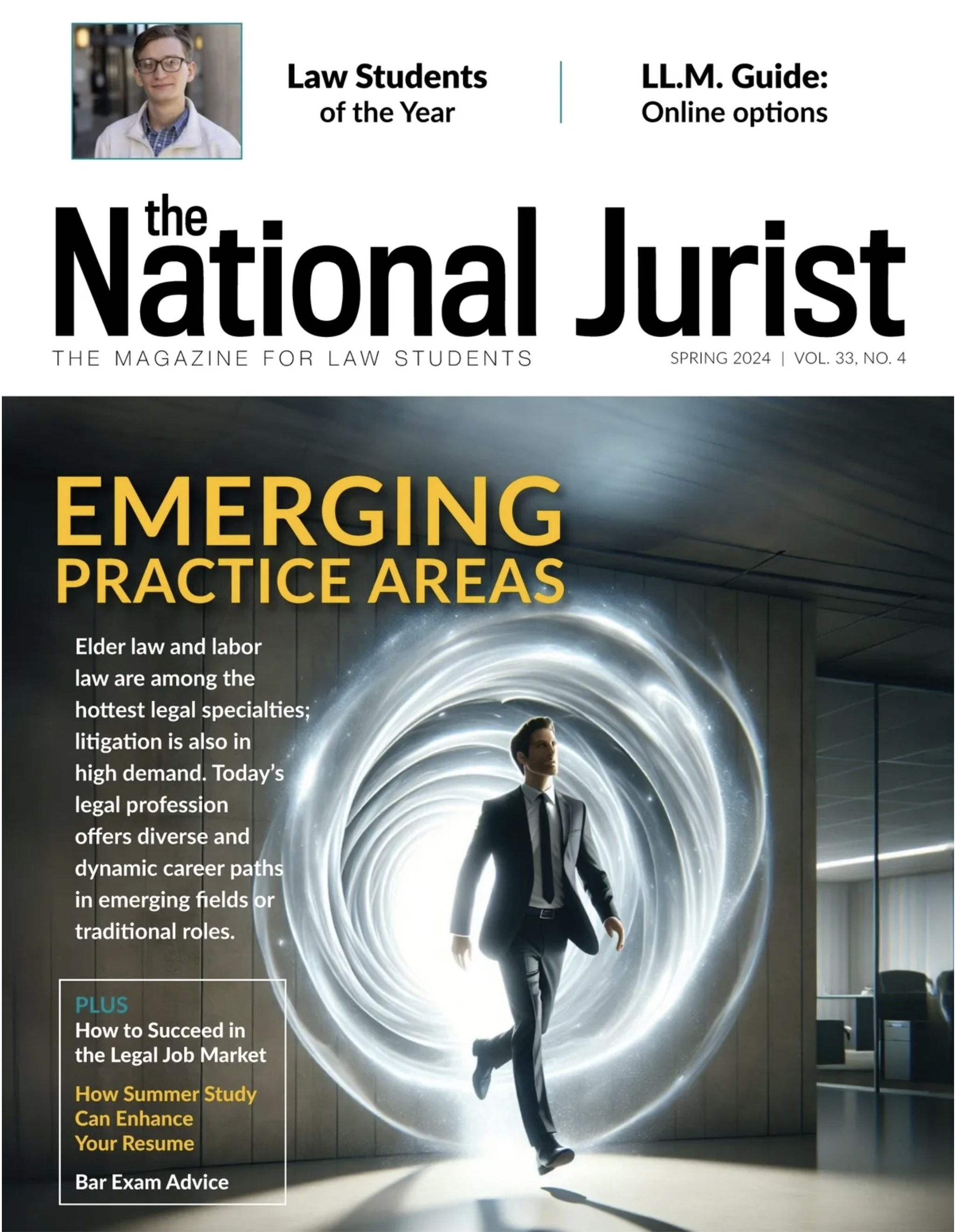Ninety-five percent of cases filed with the courts are settled using dispute resolution, either through direct negotiation, mediation or arbitration, and many contracts today include dispute resolution clauses.
“The study of dispute resolution is becoming popular, since it is the next generation of law practice,” said Sarah Gonzales, assistant director of Straus Institute for Dispute Resolution at Pepperdine University School of Law. “Dispute resolution is typically much quicker and cheaper than the traditional litigation process, and [it] keeps the results confidential, which can protect from additional lawsuits.”
Pepperdine, which prides itself on its 52 courses in dispute resolution, views it as the “people side of the law,” Gonzales said.
Students learn how to represent a client in the mediation or arbitration process, and courses don’t just focus on the role of the mediator or arbitrator. Straus Institute uses a practice-oriented approach, teaching through experience so students can discover their own negotiation or mediation style.
So who benefits from studying dispute resolution? Everyone from practicing attorneys and judges to human resource professionals and medical doctors.
“Holding an advanced degree in dispute resolution provides practitioners with a high level of credibility in the field, as well as a network of contacts,” Gonzales said.
Some mid-career LL.M. students at Straus have even started mediation practices with fellow students by the time of graduation.






